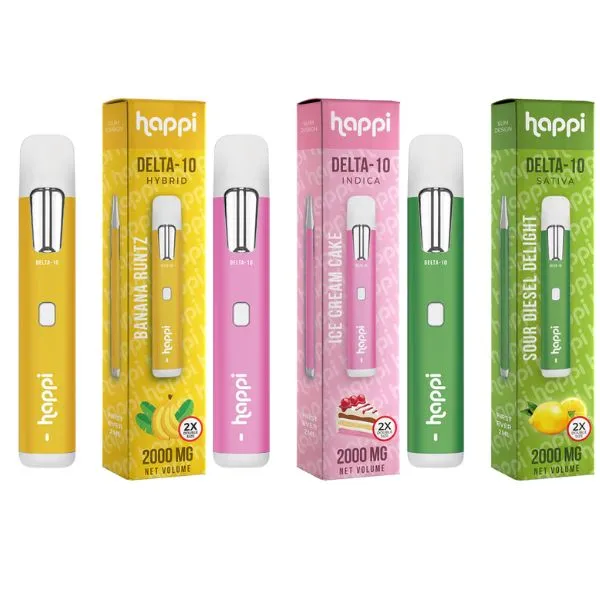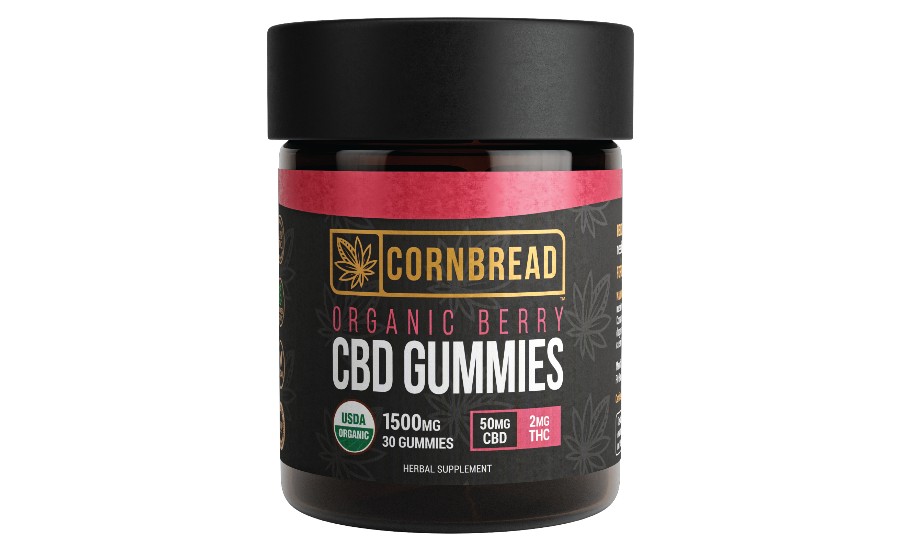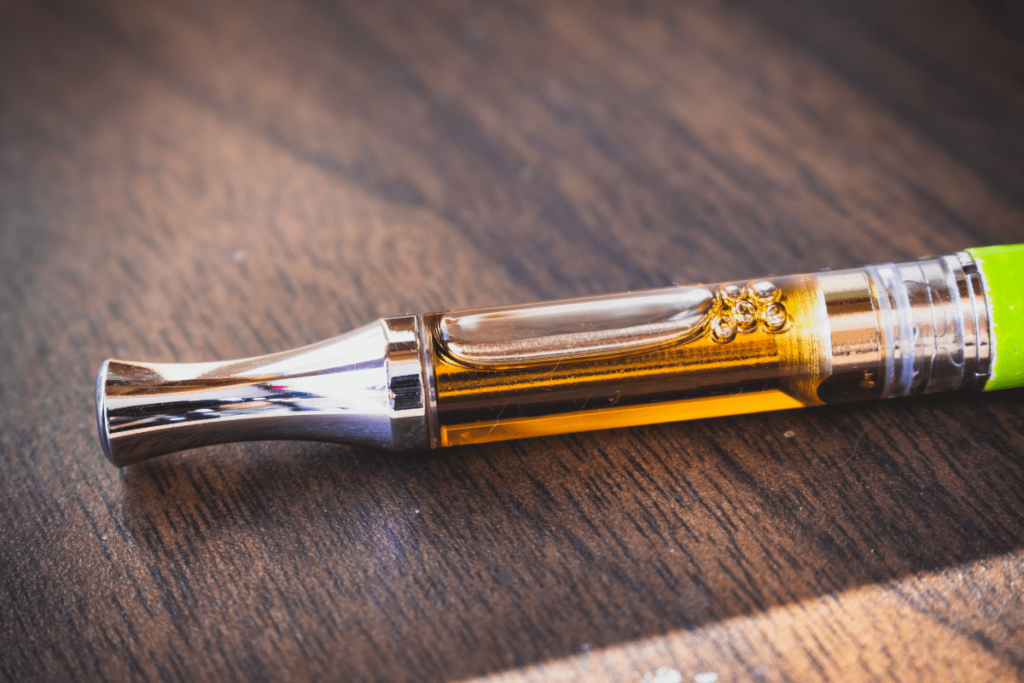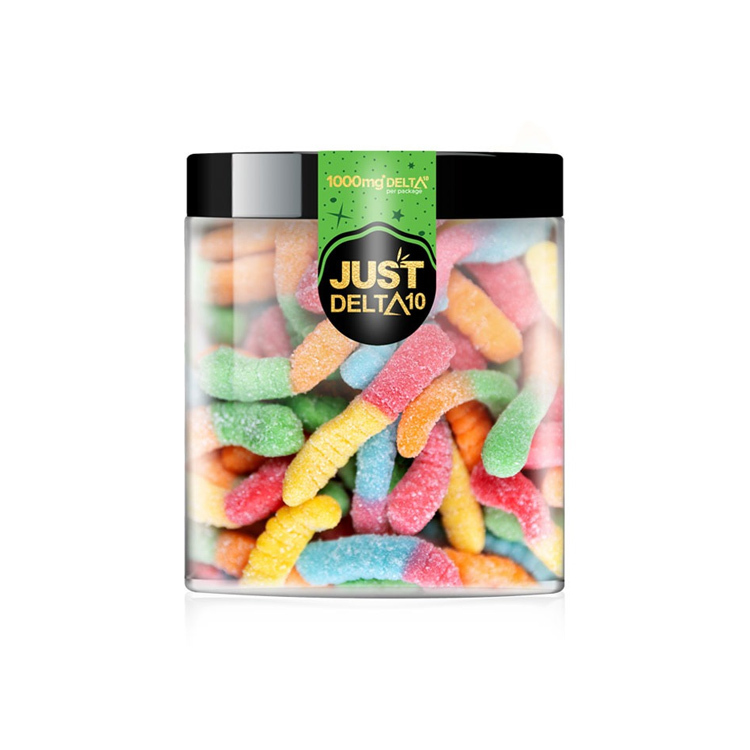There are different types of CBD oils. For No Cap Hemp Co THC blunts to appear on a drug test, they need to have the psychoactive ingredient THC. Herein, this article focuses on the types of CBD oil, how to ensure a product does not have THC, and instances when one may get a positive drug test
CBD should not show up on a drug test. However, almost all CBD products have the presence of THC in them. They have small traces of THC though they cannot be great enough to make one high. However, when the THC amount is high, the THC will be visible on the drug test. CBD has three forms: the CBD isolate, full-spectrum, and broad-spectrum. The CBD isolate is unlikely to be detected o the drug test as it is completely pure. However, the full spectrum and broad-spectrum have some traces of CBD in them, and if taken in high quantities, they can be detected in the blood test. Some CBD products may not detect when mixed with other chemicals in a drug test. Ensure a person takes pure CBD products. Below is a guide on whether CBD may show up on a drug test or not.
Types of CBD
CBD extracts are found in three different forms. They include;
Full-spectrum CBD
According to VanDolah (2019), full-spectrum CBD contains all the hemp or cannabis plant components. These components include terpenes flavonoids and THC. They are mostly found on the cannabis plant. The THC component found in the full spectrum of CBD is always in small amounts, minimizing the possibility of one getting high. They contain a percentage of 0.3. they are mostly found in serums, topicals, and tinctures.
Broad-Spectrum CBD
Brad –the spectrum is the same as full-spectrum CBD Sweets because they have all the components in the cannabis plant. However, the psychoactive ingredient that is THC is not present in it. There are instances when the THC component can be noticed in the CBD. This means that even though they are known not to have the THC, they can have it in small amounts.
CBD Isolate
CBD isolate is pure as it does not have any component of CBD oil. It undergoes several processes to ensure that all the CBD components are removed and left pure. This means it is free from THC and cannot make anyone high. They mostly exist in two forms; powdered and crystals. According to Bramness & von Soest (2019), most people that use this CBD oil are the ones that do not want to consume the THC component or are allergic to it. The downside of the CBD isolate is that it can take a lot of time for its effects to be felt.
How To Ensure a CBD Product Does Not Have THC
Read the Information on the Product
CBD products have all the information printed on them. A person will know if the one you consume has all the properties you prefer. The product will have all the information needed as it will all be described when one would love to consume CBD products free from THC.
Look for the Products that Indicate the Amount of CBD
It is great to know the concentration of CBD in every product. The concentration may vary on the different forms of CBD a person uses. This means that the amount on tincture may not be the same as the one in edibles. Start with the CBD product with the lowest concentration, especially if you\’re a newbie to CBD products. The best products are always the ones that list the Buy CBD Oil concentration in them.
Do Some Research
One should know where the CBD product comes from because CBD produced may be from a state without giving the green light to produce these products. This may mean that not all regulations have been put, and one may end up having a risk to their health. At times the risks may be against one\’s health. According to Tran & Kavulure (2020), some of the issues CBD products may bring about include; headaches, drowsiness, and mental health issues.
Instances When THC Might Give A Positive Test
Cross-Contamination
There are instances when cross-contamination may happen, even with the THC component being in small amounts. This may happen when the CBD oil is in close contact with the other hemp products while producing it,
Being Exposed to THC
It may seem unlikely to have a positive test through inhaling second-hand THC. However, it is still possible. This may happen when you absorb the smoke with a high amount of THC. The ventilation and size of the smoke species will also play a big part in it.
Not Labeling the Products
Most CBD products are produced separately. This may mean there will be less likelihood of the third party testing the whole content. The labeling of the products may not be accurate. It is a common issue, although it may bring about some miscommunications.
Can They Be Turned Into THC Once Consumed
Dawidowicz et al. (2021) suggest that CBD can change into THC inside the body in acidic conditions. This may make the test positive because the stomach has an acidic environment. However, this may be in unlikely situations.
Places Where The Drug Test May Be Carried
Blood
According to Room et al. (2010), it isn\’t easy to screen for THC in the blood because the bloodstream gets rid of it. When one consumes the THC, it will only be detected for the first seven days. This means that the blood is not the best area to detect the THC component.
Urine
Most workplaces carry drug tests on urine samples. The THC may show up depending on the frequency and dose one takes. THC can be detected in the urine if you have used them after 15 days.
Conclusion
The best way to avoid having THC in your blood is by taking or consuming pure CBD that has no traces of THC, even in small amounts. CBD isolate is pure and seems to be the best option. However, the full spectrum and the broad-spectrum CBD oil can also be used, but one should avoid using them in high amounts. The CBD oil may be visible for a while in high amounts. It isn\’t easy to know what CBD product has when getting one. This means that it is important for one to purchase the CBD isolate or any but from a reliable source.
Reference
Bramness, J. G., & Von Soest, T. (2019). A Longitudinal Study Of Cannabis Use Increases Asthma Medication Use In Young Norwegian Adults. BMC Pulmonary Medicine, 19(1), 1-7.
Dawidowicz, A. L., Olszowy-Tomczyk, M., & Typek, R. (2021). CBG, CBD, Δ9-THC, CBN, CBGA, CBDA, And Δ9-THCA As Antioxidant Agents And Their Intervention Abilities In Antioxidant Action. Fitoterapia, 152, 104915.
Room, R., Fischer, B., Hall, W., Reuter, P., & Lenton, S. (2010). Cannabis Policy: Moving Beyond Stalemate. Oxford University Press, USA.
Tran, T., & Kavuluru, R. (2020). Social Media Surveillance For Perceived Therapeutic Effects Of Cannabidiol (CBD) Products. International Journal Of Drug Policy, 77, 102688.
Vandolah, H. J., Bauer, B. A., & Mauck, K. F. (2019, September). Clinicians\’ Guide To Cannabidiol And Hemp Oils. Mayo Clinic Proceedings (Vol. 94, No. 9, pp. 1840-1851). Elsevier.
- How to Store CBD Oil and Other Hemp Supplements - November 25, 2022
- How To Start CBD Oil Company - November 25, 2022
- How to Mask the Taste of CBD Oil - November 25, 2022






